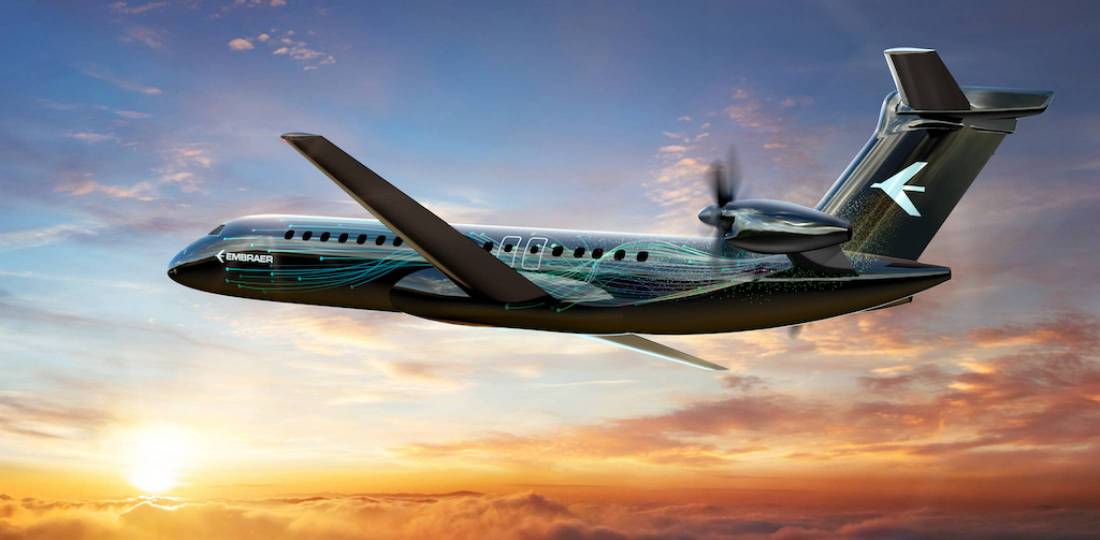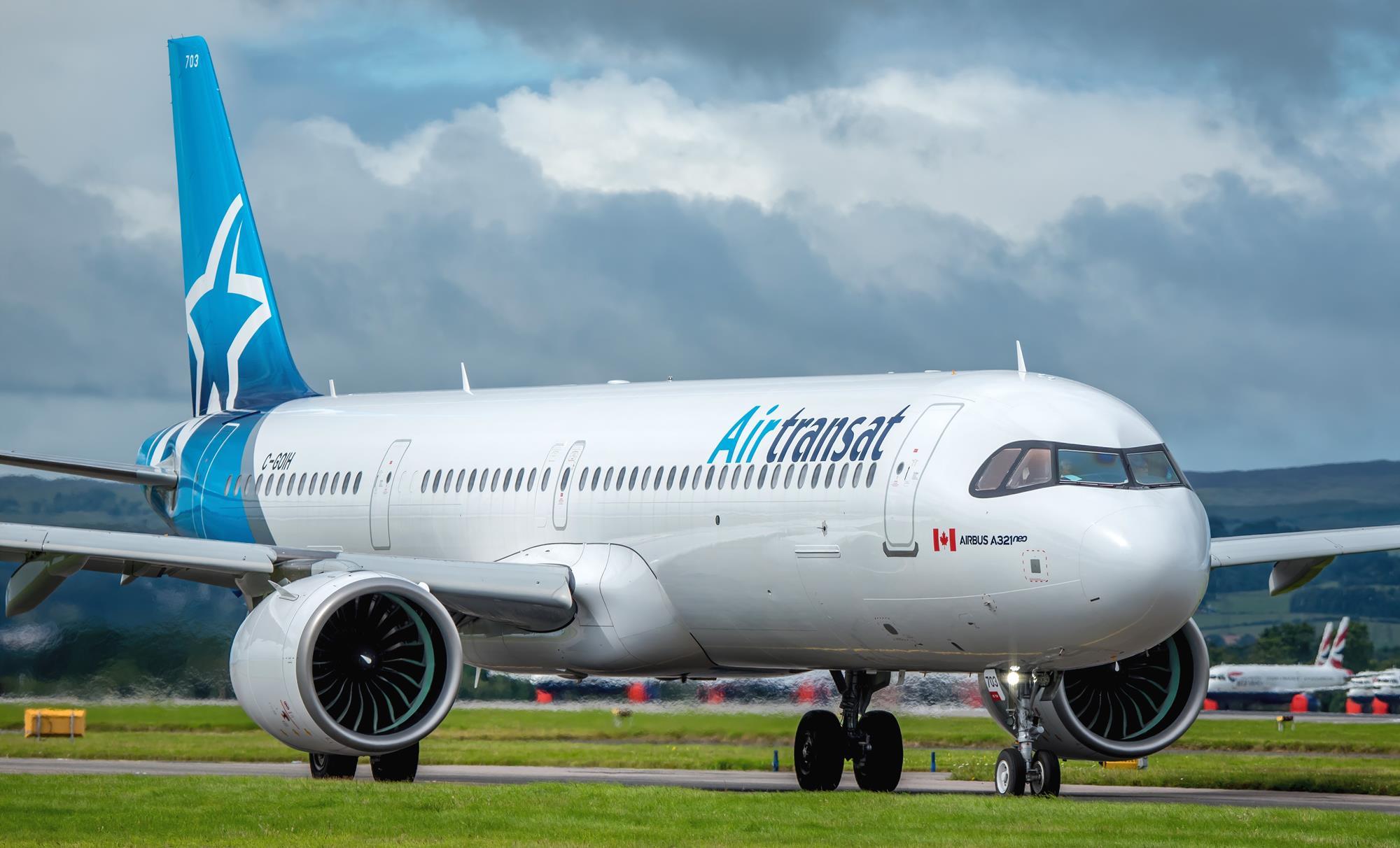

Embraer’s plans for a new conventional turboprop engine have yet to materialize as executives reconsider their industrial launch schedule. Although the company continues to study the technical characteristics of the aircraft, the previous launch target of mid-year does not seem to have been met, as negotiations with potential suppliers exceed initial expectations, Arjan Meijer, CEO of Embraer Commercial Aircraft, told AIN on Thursday.
“We will not stick to the previously given deadlines and we will not give a new deadline because we do not want to be on the defensive,” he said. “We’re not all over the place with system suppliers. We’re trying to hit the design point of the propeller turbine from every angle, so if we don’t get there, we don’t launch. We need more time. “But the delay may not change the company’s latest planned launch in 2028, Meijer added. “We can delay and still hit the 2028 [goal],” he explained. “But right now I don’t does know how much we need time. A deadline is not always useful. You have to let these things develop. “A prolonged delay in introduction could understandably affect the overall conventional turboprop market, given the likelihood of technology such as hybrid electric power being introduced in the mid to late 2030s.
ATR has revealed plans to introduce hybrid turbo proposal in 2030, although the project is still the subject of research by engineers and market analysts, and few details about its technical features have been published. Luis Carlos Affonso, head of engineering at Embraer, estimated that there is a 15-year gap between the introduction of a traditional engine-powered propeller turbine and the introduction of a propeller turbine powered by new technologies. Meijer, meanwhile, said he believes new powertrains, such as electric-hydrogen hybrids, will take longer to reach the effective power of a heavier and larger turbo offering, as Embraer has proposed.
Last year, Embraer published a so-called sustainability action plan showing the introduction of a hydrogen-fused turboprop engine in 20 5. The new conventional turboprop design proposed by Embraer has already advanced significantly since the 2017 design. In particular, it moved the engines under the wings to the rear of the fuselage. – a move designed to facilitate maintenance, reduce noise and simply improve aircraft performance. At the same time, its decision to use a metal fuselage based on that developed for the original E-Jets reduces development risk, Meijer said. With engines moving from under the wings to the rear of the fuselage, Embraer has already begun to consider the adaptability of its current designs to future propulsion developments such as hydrogen. As for the place of turboprops in the company’s business jet lineup, given the obvious overlap with current E-Jets, Embraer executives say they see no danger of cannibalizing its jets with a new turbo offering. While Embraer plans to design the smaller of the two models to accommodate 70 seats in a single-class configuration, Embraer sees airlines opting for a multi-class application that seats up to 50, particularly in the US, where a 90-seat aircraft could. find a home in some places. such as Asia, where Embraer says features such as a 20 percent speed improvement over modern ATRs and more seats contribute to the rival company’s current dominance.
Scudrunners.com Visit Our Ad Free Aviation Forum – Click Here



